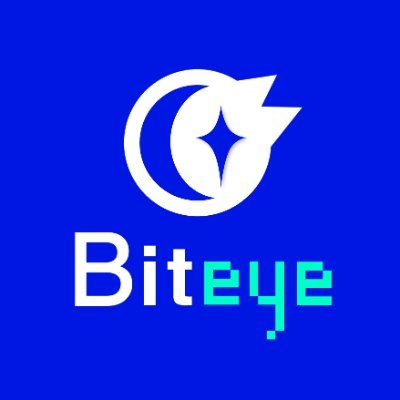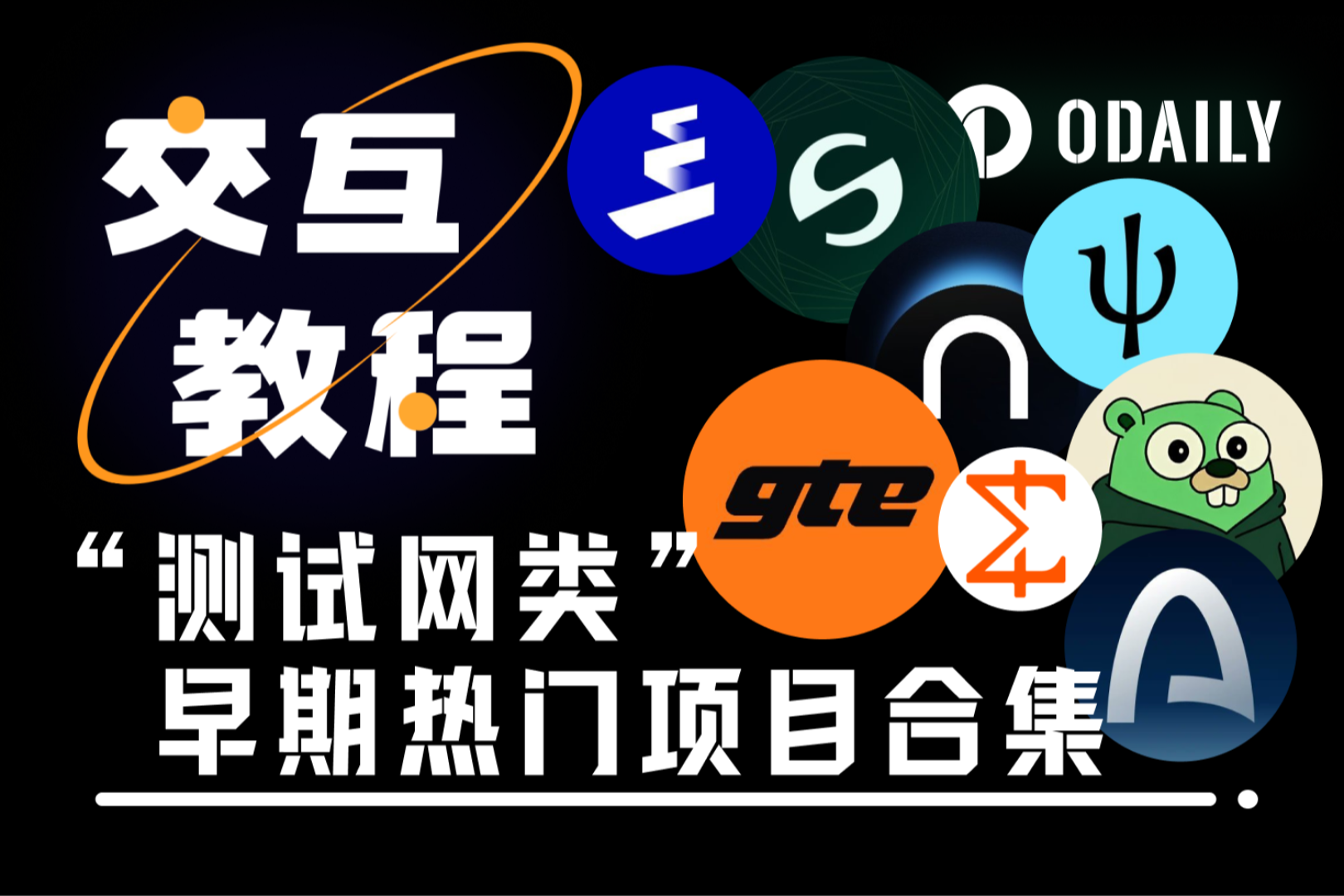Decoding Lens V2: Will ERC-6551 bring the iPhone moment of Web3?
Original Author: Biteye Core Contributor Louis Wang
Original Editor: Biteye Core Contributor Crush
Source: @BiteyeCN
The social protocol Lens Protocol officially launched in May last year. After more than a year of growth, Lens has established its own ecosystem, with over 100 projects built on the Lens platform. The number of users holding Lens Profile has exceeded 110,000, making Lens a leading social project.
At the recent ETHCC event in Paris, Lens founder Stani announced the Lens Protocol V2, which is an important step for Lens to achieve an open and decentralized social network layer.
In this article, we will first introduce the key changes in Lens V2 upgrades, and then delve into the real protagonist - the changes brought to Lens by ERC-6551.
01 Lens V2 Upgrade
The key changes in Lens V2 are as follows:
Open Actions
This involves embedding smart contracts into Lens posts to enhance interactivity. In simple terms, Lens is no longer just an information feed platform, but can directly integrate various Dapps, allowing users to interact with external smart contracts within their published posts.
For example, you can directly click on "Mint" in a Lens post to create an NFT on Lens through the OpenSea contract;
Or when you find that the borrowing interest rate of the GHO stablecoin is very favorable, you can insert the AAVE interface for borrowing with GHO into your published post, allowing other users to borrow with just one click through the interface.
This integration is similar to seeing product recommendations on Xiaohongshu and directly purchasing through the built-in Taobao plugin, without the need to copy the link and go to the shopping platform.
This integration can even support cross-chain operations, and in the future, it will be expanded to Ethereum and other Layer 2 networks with the help of oracles.
(Source: Lens Blog)
Collective Value Share
In the creator economic chain of Lens, creators as the source publish creative content on various Lens applications.
These contents are recommended and delivered to the target audience through algorithms, whether it is end users or suitable curators. Contents can also be disseminated to a larger audience through curator's forwarding, gaining more attention.
In the end, end users can pay for valuable creative content through collection.
In the entire creator economic value transmission chain, each link plays an important role. A healthy creator economic system should balance the interests of each role.
Creators can share revenue to reward those who contribute to the entire value chain, thereby enhancing the value chain and strengthening the business model of ecosystem partners.
Let's illustrate this process with an example: a creator publishes an article on Orb, a user comments, and then another user sees this article in another application (such as Buttrfly) due to the comment and finds it meaningful, so they pay to collect this article.
Along this way, algorithms and curators now have the opportunity to share revenue and incentivize more interactions.
(Source: Lens Blog)
Profiles V2
Introduction of ERC-6551 enables each Lens profile to create a smart contract wallet account, thus gaining full functionalities of an Ethereum account, such as holding NFT and token assets, and interacting with Dapps.
This way, Lens Profile gains programmability and interoperability. An account, which is also a wallet, can hold and control assets. The account can also log in and initiate interactions, allowing Lens Profile to build new networks of connections.
With these changes, the social asset system has transformed from NFT to Wallet to NFT to Profile, greatly increasing the value of the Profile itself. The value of all social graph relationships is directly attached to the Lens Profile.
(Source: Lens Blog)
Account Management (Profile Manager)
Lens V2 provides users with more flexible options for account management. Now, Lens Profile can be hosted in a secure cold wallet while delegating social functions (such as posting, commenting, etc.) to other wallets, further decoupling the association between Profile and wallet addresses and improving security.
Lens V2 supports more association patterns. A Profile can now be bound to multiple wallet addresses, delegating different operations to different wallets for management. Alternatively, a wallet address can manage multiple Profiles.
Users can also delegate wallet functions to dApps, allowing for a decentralized social experience without gas fees or signatures.
In addition, V2 supports account abstract addresses as Profile Managers, opening up more application scenarios and use cases for users.
(Source: Lens Blog)
Trust and Security
In Lens V2, the following features have been introduced to protect the user's social environment and account security.
Firstly, the on-chain blocking feature allows users to add other users to their blacklist, preventing any interaction with these users, such as following, commenting, and reposting.
In addition, the Profile Guardian mechanism introduced in LIP-4 has been implemented, which enhances the security of Lens Profiles and minimizes the risk of phishing and stealing Lens Profiles.
Now, users need to wait for a 7-day cooldown period to transfer Lens Profiles, providing more time to protect their assets.
These security features make Lens V2 a more reliable and secure platform.
In the feature updates of Lens V2, more open operations can be expected to bring a better user experience, allowing users to interact with the external world within Lens; the creator economy has always been a focus of Lens, and social chain revenue sharing is not an aha moment.
Among these upgrades, the real profound impact on Lens is the account system upgrade, which introduces ERC-6551 into Lens Profiles. Understanding the changes brought by ERC-6551 is essential to grasp the changes in the Lens account system.
02 The Real Protagonist - ERC-6551
ERC-6551 was first proposed in the Ethereum community in February this year but quickly became a hot topic. In the ETHGlobal Waterloo Hackathon, 4 out of 11 projects were related to ERC-6551.
ERC-6551 aims to create a smart contract wallet for each ERC-721 NFT, which possesses all the functionalities of an Ethereum wallet, can connect and log into various dApps, can interact with other smart contracts, and can hold various tokens and NFT assets. It is also backward compatible with all ERC-721 NFTs, meaning that all existing NFTs on the market will be able to have their own smart contract wallet accounts!
(Source: EIP-6551)
As shown in the above figure, the NFT holder (User Account) holds NFT A and NFT B. Each NFT can generate one or more smart contract wallet accounts (Account A/B/C) through the ERC-6551 specification, also known as binding accounts.
The owner of the generated NFT binding account is the NFT itself, not the NFT holder, but the operational control of the NFT binding account is actually controlled by the NFT holder.
In other words, the account is associated with the NFT. If the NFT holds tokens or NFT assets, they will all be transferred together when transferring the NFT. The control of the NFT binding account will be transferred to the next holder.
Account System in Lens V1: Ethereum Account as the Main, Lens Profile as Secondary
After understanding ERC-6551, let's take a look back at the original account system in Lens. NFT is one of the most important elements in the Lens account system:
The personal account, Lens Profile, is itself an NFT. Actions on Lens, such as following and favoriting, are also performed by minting NFTs and sending them to the holder's Ethereum address.
Clearly, in this account system, the main entity is the Ethereum wallet, and the Profile NFT serves as a membership card, allowing the holder to deeply participate in the Lens ecosystem, filtering out wallets that do not hold Lens Profile NFTs.
Account System in Lens V2: Lens Profile as the Main, Ethereum Account as Secondary
With ERC-6551, each Lens account can generate a smart contract wallet. The binding wallet generated by Lens Profile already has all the functionalities of an Ethereum wallet, including login and dApp interaction, asset holding. The two can almost be regarded as equals, decoupling the Lens account from the Ethereum wallet.
This naturally elevates the Lens Profile account to an independent account status in the Lens ecosystem, separate from the Ethereum wallet. This brings about changes in the following and collecting systems.
For instance, the follow NFT generated after a fan follows, or the NFTs minted through the collecting feature, will no longer be assets of the Ethereum wallet, but assets of the Lens account. Even the income generated through creation and monetization will be directly distributed to the Lens account.
Through this transformation, all interaction records and creation records of Profile become part of the value of the Lens account, making the accounts differentiated and scalable. By attaching the value of social graph relationships to the Lens Profile, the value of Profile is greatly increased.
When users want to trade a Lens Profile on OpenSea, it is no longer just a transaction of NFT. The implicit value of the account needs to be considered. For example, an artist's Lens account may continue to receive copyright fees, and buying their account is equivalent to buying their future copyright fees.
In addition to added value, ERC-6551 has also opened up many new scenarios for Lens accounts:
Game accounts
A key focus of Lens is gaming, as games naturally have social attributes. After the V2 upgrade, users can directly log into games using their Lens Profile, and the equipment and earnings obtained in the game belong to the Lens account.
This enables one-click sale of game accounts, where the sold account is a complete entity that includes game records and assets, rather than a scattered pile of NFTs.
DAO management
DAOs built on Lens can distribute contribution records of all DAO members in the form of SBT to their corresponding Lens accounts, rather than to the Ethereum addresses of the holders.
With this approach, the more contributions made, the richer the credentials owned by the Lens account, facilitating member contribution management for DAOs.
Account operations
Currently, when project parties operate Twitter accounts, they need to completely hand over the account passwords to the operating personnel, which actually carries the risk of theft.
However, if account operations are carried out on Lens, the Profile of official accounts can be securely hosted in a cold wallet, and operational permissions can be delegated to designated personnel. This reduces the risk of official Twitter accounts being hacked or false phishing information being published.
NFT community based on Lens
Lens accounts can hold other assets, and other NFTs can also have Lens accounts, which provides NFTs with their own social relationships and discourse power. Holders of NFTs from the same series can use this to build a following chain on Lens, form a community, and strengthen consensus.
For example, CryptoKitty can have a Lens Profile, follow other CryptoKitties, and create and publish content to build its own value chain.
(Source: Lens Blog)
03 Summary
The biggest change in Lens V2 is the introduction of ERC-6551, upgrading the account system, and evolving the Profile from an NFT to a smart contract wallet account, greatly enhancing overall composability and operability.
The interaction has shifted from Ethereum accounts-centric to Lens Profile-centric. ERC-6551 can bring more application scenarios to Lens, and the open development environment will also become fertile ground for more small and refined products.



